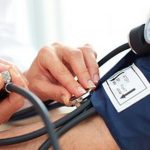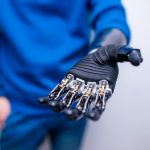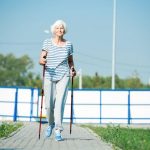
Changes in gut bacteria have been linked to a variety of different diseases, including type 2 diabetes, obesity and inflammatory bowel disease. Now, a new study indicates that gut bacteria also might play a role in a person’s risk of developing heart disease. Certain species of bacteria actively consume cholesterol in the gut, which might help lower cholesterol levels and heart disease risk in people, researchers reported recently in the journal Cell. In particular, people with higher levels of Oscillibacter bacteria in their gut have lower levels of cholesterol, because those bacteria drink in and process cholesterol from their surroundings, results show. These findings could serve as “starting points to improve cardiovascular health” by tweaking a person’s gut bacteria, also known as the microbiome, said senior researcher Ramnik Xavier, co-director of the Broad Institute Infectious Disease and Microbiome Program in Boston. Prior studies have linked the gut microbiome to heart disease risk factors like triglyceride or blood sugar levels, but they have failed to completely explain the means by which these bacteria affect heart health. For the study, researchers analyzed the gut bacteria of more than 1,400 participants in the Framingham Heart Study, a decades-long effort to investigate risk factors for heart disease. They found that people with several Oscillibacter species tended to have lower cholesterol than those who didn’t. They also found that Oscillibacter… read on > read on >


















